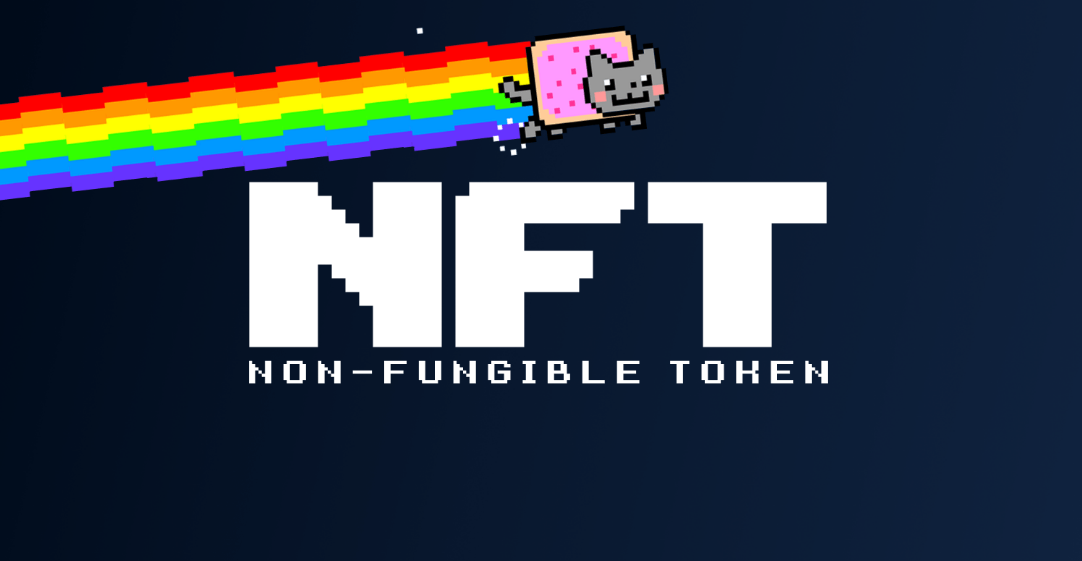The Differences Between Bank Lending and Crypto Lending. Before deciding which one to use, you should know the differences between traditional bank lending and cryptocurrency lending. These differences are important to know as you can make a smart choice based on your needs. Bank lending is more flexible, but cryptocurrency lending has some advantages of its own. For example, it does not require monthly minimum repayments and offers better interest rates than traditional banking. In addition, some crypto lending platforms offer lower interest rates for specific cryptocurrencies.
Over-collateralization
Bank and crypto lending platforms require collateral of up to 150% of the total loan amount. This reduces the risk exposure of the borrower, as it allows them to use the funds without selling their holdings. Borrowers can also use higher-value assets as collateral, which reduces the risk of lending and allows them to borrow at lower rates. The collateral also ensures repayment of the loan in full. In the event of default, the borrower can sell a portion of the collateral to cover the outstanding amount.
Banks and crypto lending are not immune to over-collateralization. Over-collateralization is a common practice in many financial products and aims to reduce the risk of lending by limiting the amount of capital provided by the borrower. For instance, mortgage-backed securities are often over-collateralized so that investors can mitigate the risk of defaulting on individual loans. This helps to protect investors and enhance credit ratings.
The problem of over-collateralization is particularly significant in the DeFi space. While over-collateralization is generally good for borrowers, it is not beneficial for lenders. Lenders have a better understanding of risk than their customers. They know the value of assets and can sense a risky investment when it starts to decline. Moreover, over-collateralization is contrary to the tenets of decentralized finance.
Over-collateralization is a common practice in DeFi lending protocols. It means that the borrower must be willing to stake a higher amount than the amount he borrows. In some cases, borrowers are required to stake between 150% and 300% of the loan value. The Maker DAO, for example, requires borrowers to stake 150% of their loan value as collateral. This means that Henderson would be required to stake $15,000 until he fulfills his lending obligation.
Unregulated
Unregulated crypto lending can be problematic for investors. While the industry has experienced massive adoption among traders and investors, many people still view it with suspicion. As a result, governmental and financial regulators are working to establish laws and regulations that will regulate this sector. These concerns about crypto lending extend beyond the crypto space.
Most crypto lending platforms are unregulated, which means there is little oversight and few protections for depositors. In addition, there is no central authority to resolve disputes between lenders and borrowers. As a result, default rates have skyrocketed, and lenders are finding it difficult to collect from unsecured counterparties. One notable case involves the Babel lending company, which executives were caught engaging in risky leverage bets with their clients’ funds.
While the SEC has already approved some products in the crypto space, there are still questions about how it will regulate unregulated crypto lending. For example, last year, the SEC approved two bitcoin futures ETFs, but has yet to approve any ETFs that invest directly in cryptocurrencies. Clearly, the SEC is trying to figure out how to regulate the emerging crypto lending market, which is part of Web3’s DeFi (decentralized finance).
The crypto lending market is a complex and risky business. While there is a great potential to profit from this sector, it should be done with caution. The risks involved in unregulated crypto lending are high, and both lenders and depositors should be aware of these risks. Since there is no government insurance to protect deposits, crypto lending platforms rely solely on the volatility of interest rates.
BlockFi is one of the most popular players in the crypto lending market. The company has been in business for a while. Other firms such as Celsius and Nexo also offer similar services. Some of these companies convert deposits into stablecoins. As a result, they may have to file their products with the SEC and may also be subject to SEC inquiries.
Speed
One of the key differences between bank lending and crypto lending is the speed of processing. With bank lending, borrowers need to provide their personal details, including their bank account number and credit score, in order to secure a loan. In contrast, with crypto lending, no bank account is needed, and no documents are needed to verify identity and assets.
Traditional loans take days or weeks to process, but crypto loans can be approved in a matter of minutes or seconds. The speed of crypto lending is further enhanced by the absence of middlemen and the use of peer-to-peer (P2P) platforms, which connect lenders and borrowers.
While there are many advantages to crypto lending, many investors are concerned about the risks associated with it. Fortunately, there are ways to minimize these risks and optimize returns. The technology is still evolving, and there is a significant need for careful analysis and ongoing research to ensure the security of your investments.
The future of crypto lending relies on digital tokens that can represent nearly any asset. Tokenizing real estate is one such example. Instead of letting banks estimate the value of the property, blockchain technology can create a digital clone of the property. In turn, this can save banks time and money, as no paperwork is required.
Unlike bank accounts, cryptocurrencies earn very competitive interest rates. Some crypto lending platforms pay up to 10% annually, while others pay as little as 3%. Depending on the demand and supply, they can even pay higher rates. These factors make crypto lending a smart choice for those who want to earn higher yields.
Terms
Bank lending and cryptocurrency lending both come with risks. One of these risks is cyber theft, and another is the possibility that the borrower will lose access to their cryptocurrency. The cryptocurrency itself can also undergo changes to its blockchain protocol, such as forks and splits. Lenders must develop practical protective measures to protect their assets.
As such, it is important to understand the terms of bank lending and crypto lending before entering into any type of loan agreement. While traditional banks offer a range of loan terms and conditions, crypto lending programs may offer a comparatively shorter repayment term. However, it is important to make sure that you can comfortably afford the payments on time. Also, not all digital assets can be used as collateral. Some crypto lending platforms may require you to exchange your digital assets for fiat currency.
In addition, borrowers need to be aware that their assets may be diluted if their price drops. This is known as a margin call. This means that if the value of the assets decreases below a certain threshold, the lender may decide to sell them to reduce the loan-to-value ratio. In the case of crypto lending, this can be extremely problematic for borrowers who need money quickly.
One advantage of crypto lending is that it does not require credit score or bank account. In comparison, traditional banks base interest rates and loan terms on a customer’s credit history. This can make it hard to obtain a loan when one doesn’t have a bank account. In addition to this, crypto lending offers greater flexibility than traditional bank lending.
Cost
Traditional bank lending can take days or weeks to process, and the terms can be rigid. These terms include maximum loan amounts, interest rates, and minimum payments. In addition, it’s not always clear what the fees will be. For this reason, crypto loans may be a better option for those who want access to cash quickly.
Many crypto lenders rely on institutional investors to fund their operations. However, the cost of crypto lending is higher than bank lending. This is because crypto mining farms often lack access to traditional debt capital markets. Additionally, laws governing this new asset class are not fully developed in many jurisdictions. Many banks are reluctant to take the risk of being sued by regulatory authorities for extending loans to crypto mining farms.
As a result, crypto loans require more collateral than traditional loans. To borrow money, investors deposit their crypto assets into a pool that is managed by a lending platform. The lending platform then distributes the money to investors as interest. This process can take weeks, months, or even years.
One of the biggest differences between bank lending and crypto lending is the interest rate. While traditional banks tend to have higher interest rates than crypto lending sites, Bitfinex’s rates are competitive, especially when it comes to stablecoins. However, if you’re a beginner, you may not want to sign up for this type of loan.
Bank lending is cheaper than crypto lending, but it requires more collateral, which means that you can be charged a higher interest rate. While you can use your cryptocurrency to pay back the loan, keep in mind that the price volatility of the coin may cause additional collateral to be needed. Moreover, a higher LTV can lead to liquidation of your assets if you fail to pay back the loan.



